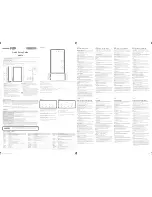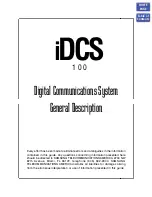
LED indicator/fault pattern /
LED indicator/fault pattern
Cause /
Cause
Measures /
Measures
(we recommend only using
SICK reflectors) / Check sen‐
sing range and adjust if ne‐
cessary; see graphic H. / Dis‐
tance between the sensor and
the reflector is too long / With
health output: Check the
power supply, check all electri‐
cal connections (cables and
plug connections). /
Check the operating conditi‐
ons: Fully align the beam of
light (light spot) with the re‐
flector. / Clean the optical sur‐
faces (sensor and reflector). /
Readjust the sensitivity (po‐
tentiometer) / If the potentio‐
meter is set to the max. sen‐
sing range: Reduce the dis‐
tance between the sensor and
the reflector, and check the re‐
flector type against graphic
H. / Reflector is not suitable
for the application in question
(we recommend only using
SICK reflectors) / Check sen‐
sing range and adjust if ne‐
cessary; see graphic H. / Dis‐
tance between the sensor and
the reflector is too long / With
health output: Check the
power supply, check all electri‐
cal connections (cables and
plug connections).
Signal interruptions when ob‐
ject is detected /
Signal interruptions when ob‐
ject is detected
Depolarizing property of the
object surface (e.g., tape), re‐
flection /
Depolarizing property of the
object surface (e.g., tape), re‐
flection
Reduce sensitivity or change
the position of the sensor /
Reduce sensitivity or change
the position of the sensor
8
Disassembly and disposal
The sensor must be disposed of according to the applicable country-specific regulati‐
ons. Efforts should be made during the disposal process to recycle the constituent ma‐
terials (particularly precious metals).
9
Maintenance
SICK sensors are maintenance-free.
We recommend doing the following regularly:
•
Clean the external lens surfaces
•
Check the screw connections and plug-in connections
No modifications may be made to devices.
8
DISASSEMBLY AND DISPOSAL
6
8017856.YMH6
| SICK
Subject
to change without notice








































